As a lonely speck in the middle of the Gulf of Mexico, the Dry Tortugas are a godsend to tired northbound spring bird migrants, crossing from South America. These famed islands are one of the extremities of the United States – a few tiny coral islands in the Gulf, about 90 km west of Key West, itself the most southerly point of the continental United States. As an extension of the Florida Keys, they fall within the South Florida Rocklands Ecoregion. This interesting ecoregion is the only one of the continental United States that is placed in the Tropical rather than the Nearctic biome. See the link for an overview of the ornithological specialty groups of this ecoregion, one of which are the nesting marine birds of the Dry Tortugas. These islands are the only place in the United States where a number of marine species nest, such as Magnificent Frigatebird, Brown Noddy, Sooty Tern, and Masked Booby.
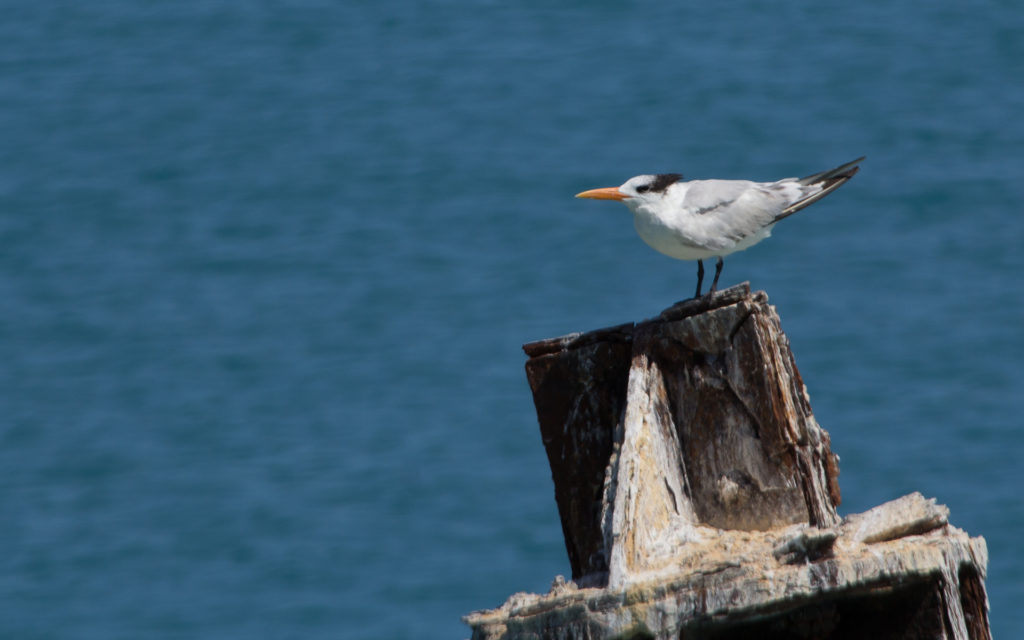
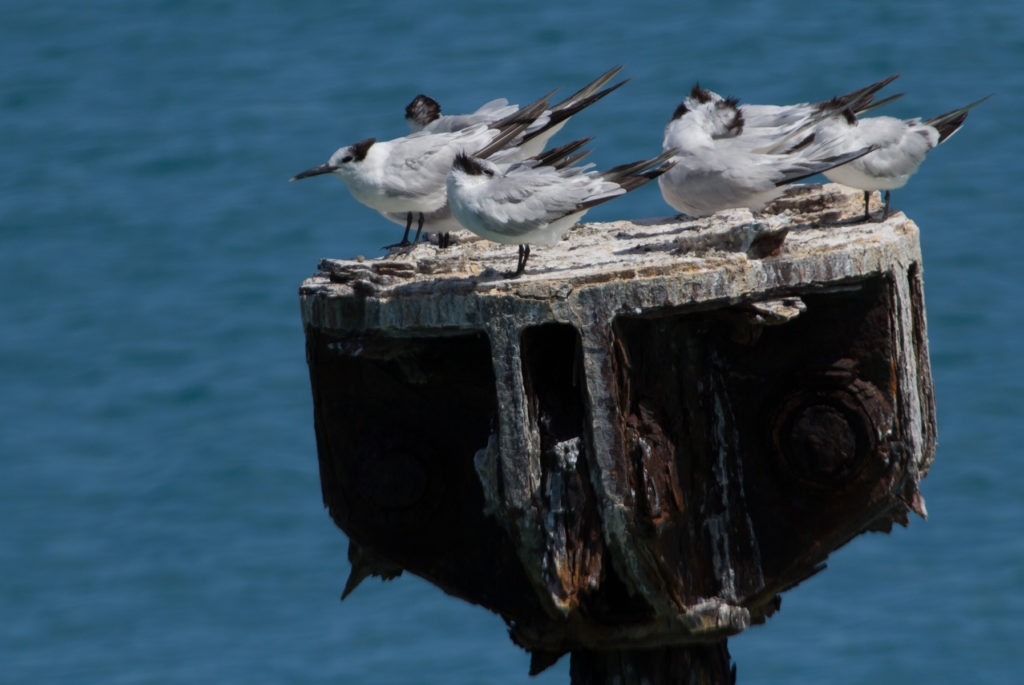
The amazing Fort Jefferson, built in the early 1800s, fills the main island, and attracts tens of thousands of human visitors each year. Some of them time their visits to catch the “fallouts” of spring migrants. In early April France and I took an excellent three-night boat trip to the Tortugas on a birding excursion out of Key West led by Wes Biggs of Florida Nature Tours, along with 8 other intrepid adventurers.

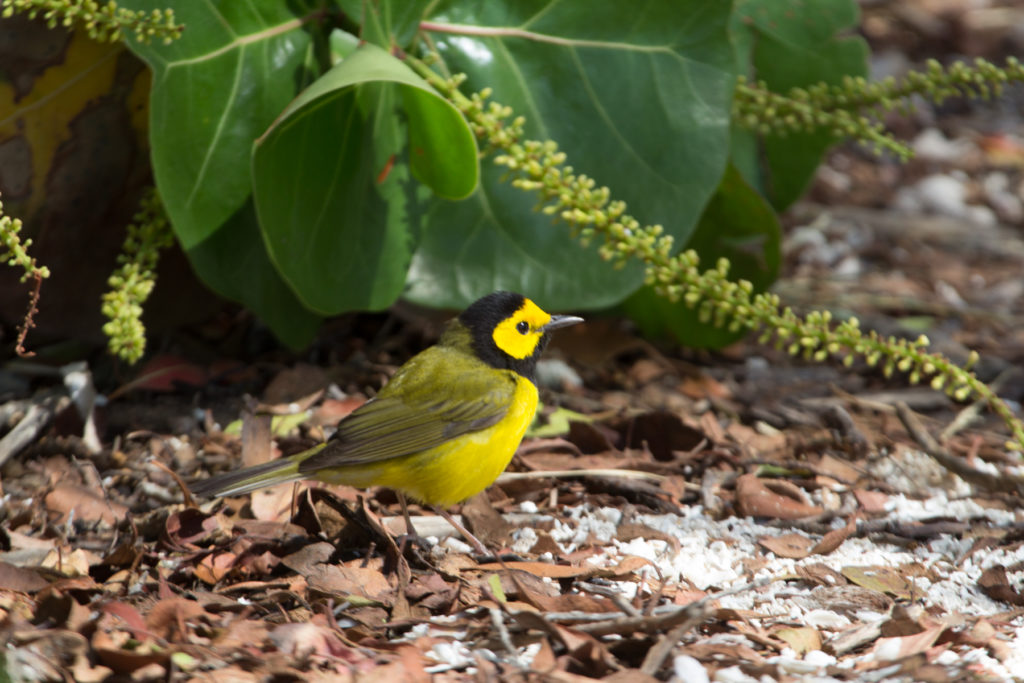
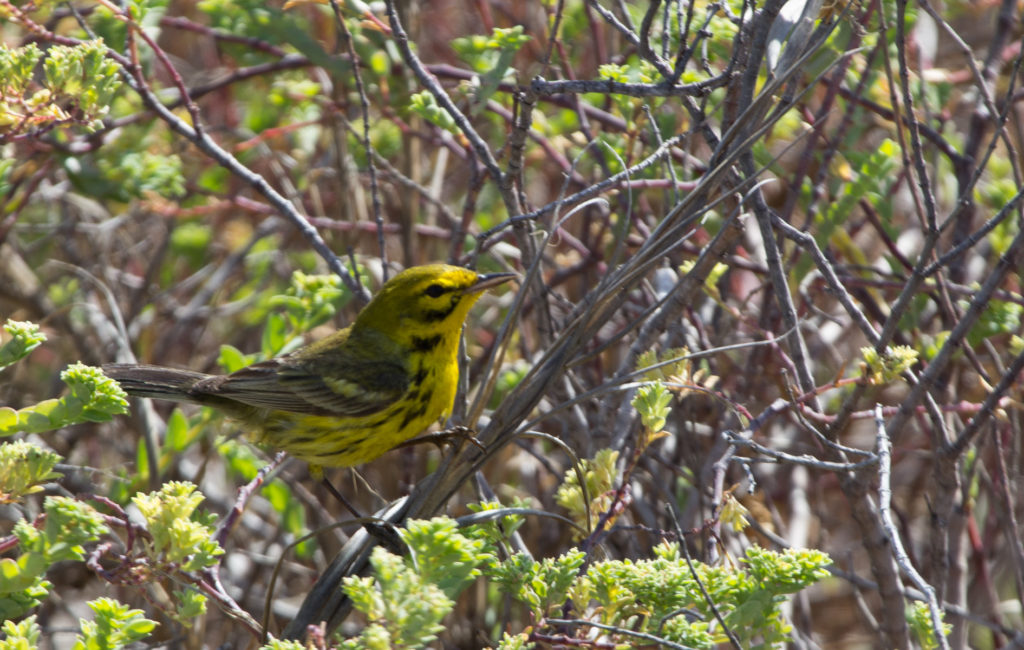
Here I focus on one of my favorite birds, the Magnificent Frigatebird, Fregata magnificens. Although common all through the Neotropics, in the United States this bird is pretty well exclusive to the South Florida Rocklands Ecoregion.
Audubon spent two months in Key West in the spring of 1832, painting the specialties of the ecoregion. He noted that “The Frigate Pelican is possessed of a power of flight which I conceive superior to that of perhaps any other bird”. There is indeed something hypnotic watching the effortless and endless circling flight of frigatebirds. Other than some swifts, there is no other bird that can spend so much time on the wing without alighting. Frigatebirds can fly for several days and nights in constant flight, likely sleeping on the wing. (As for the swifts, some of them can spend months at a time without coming to land!).


But they can also surprise with startling agility and speed. Unlike virtually every other marine bird, a frigatebird cannot land on water because lacking waterproof coating for its feathers, it would become waterlogged and unable to fly. Why does it not produce the necessary waterproofing oils like most other seabirds? Presumably by foregoing this ability, it has ditched some weight, allowing for their amazing maneuverability. One of their trademark behaviors is their relentless dive-bombing and harassing of other birds until they disgorge or release their prey, which is then snapped up in mid-flight. They don’t get all their food from this “kleptoparasitic” foraging but can also skim food from the ocean surface and can even catch flying fish in flight – something we witnessed on our trip!
My last blog touched on the unusual breeding behavior of the Purple Sandpiper, where the female abandons the nest when the eggs hatch. Frigatebirds are the opposite, with the males abandoning their mate as soon as the eggs hatch. Frigatebird females then look after the young for longer than any other bird species. Because of this extended period of maternal care, the females can only breed every two years. The males on the other hand are free to breed every year. This kind of asynchronous breeding pattern between the sexes is unique among seabirds and generally rare in birds.
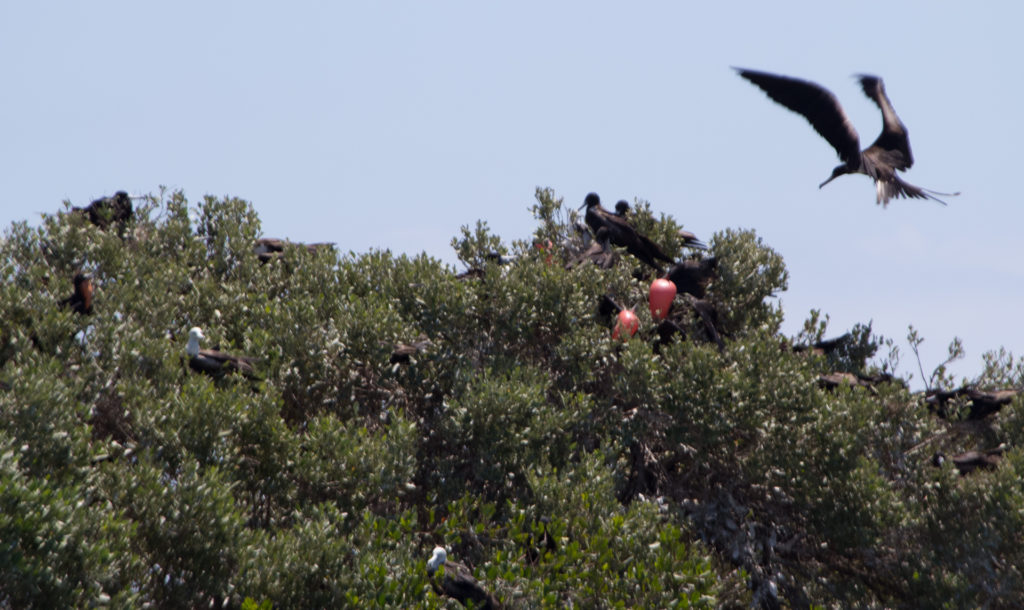
The Magnificent Frigatebird is one part of the rich complex of species of the ecoregion but let us also focus on their place in the biological universe. Take a plunge into OneZoom’s spectacular Fractal Tree of Life. The leaf for Fregata magnificens is one of about 1.8 million species you can find on this tree! A few interesting things about this leaf. First, it has been sponsored by ecoregionbirding.info as a contribution to OneZoom’s efforts and to honour this amazing bird. Secondly, you can see how the species is related to the other four frigatebird species and it can be seen that this species became distinct about 6.8 million years ago; the frigatebirds as a group evolved about 22.5 million years ago, separating out from their neighbors of the order Suliformes: boobies, darters, and cormorants. Finally, zoom out (click repeatedly on the “–“ button) for an awesome journey through the tree of life, a humbling experience, during which I discovered that biodiversity is not just about birds!

Many thanks for this report, which I found only just now (snuggled in with other neglected e-mail). You, Doug and France, make a great team, and though I’m now strictly a local birdwatcher, your postings are much appreciated.